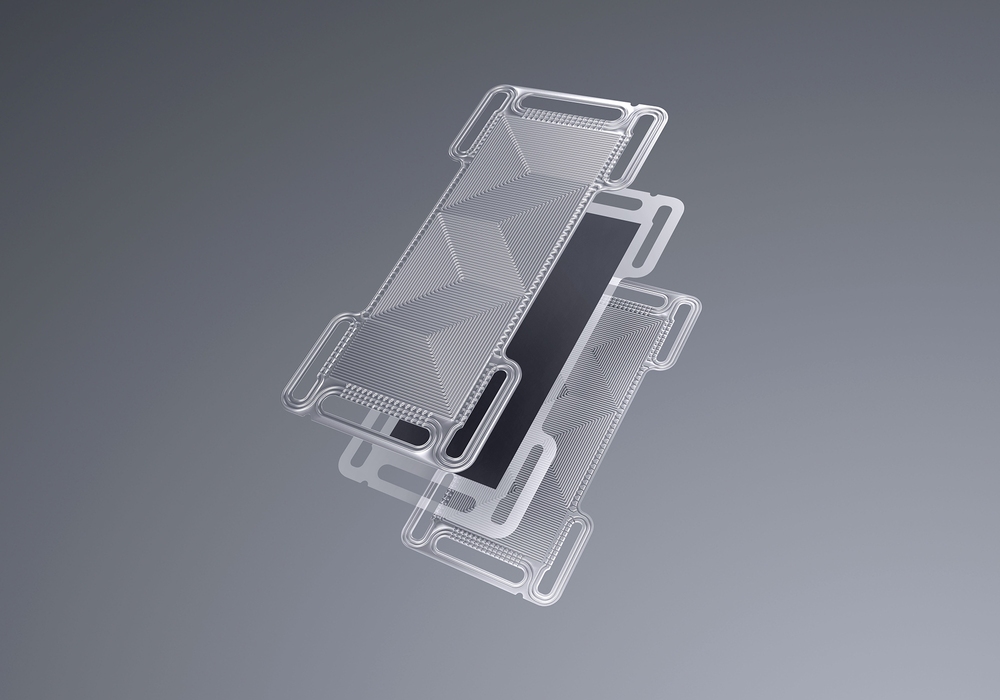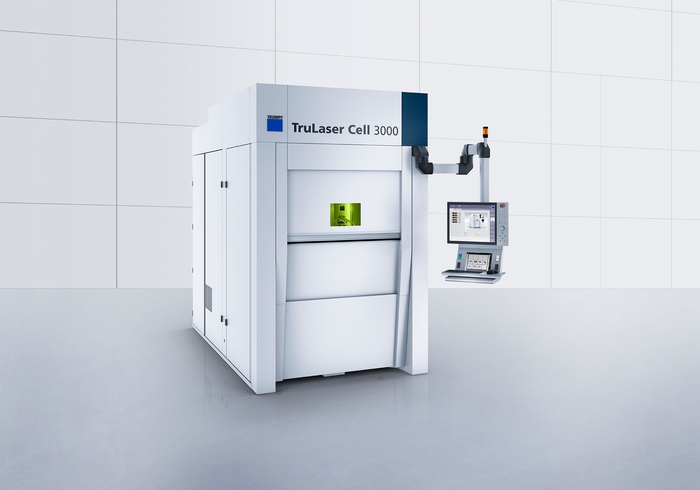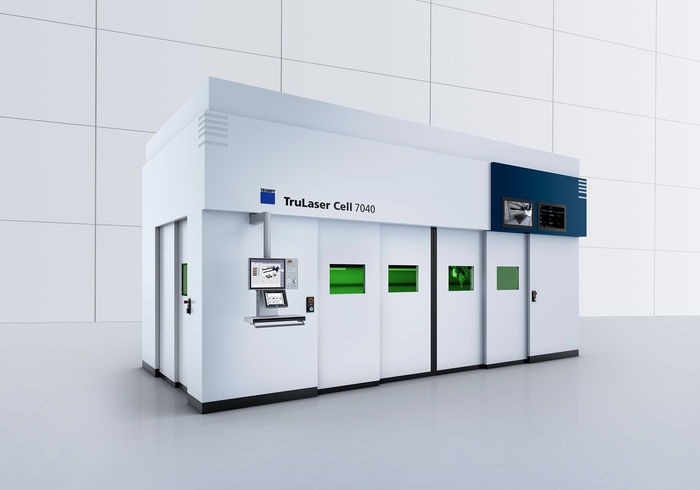In the race towards a sustainable future, the automotive industry is undergoing a seismic shift, embracing e-mobility as the way forward. At the heart of this revolution lies the fuel cell – a game-changing technology that promises to power vehicles with zero emissions, harnessing the chemical energy of hydrogen and oxygen. However, the path to mass-producing these fuel cells is paved with challenges, requiring precision, safety, and unwavering consistency on an industrial scale.
As the world embraces e-mobility, the fuel cell is a crucial component driving this revolution. These electrochemical devices convert the chemical energy of hydrogen and oxygen into electricity, powering vehicles with zero emissions.
Enter TRUMPF Lasers: The game-changers
This is where TRUMPF lasers shine, offering cutting-edge solutions for the safe, economical, and repeatable welding of fuel cell components. At the heart of these fuel cells lie metallic bipolar plates, which must be joined with utmost care to ensure gas tightness, mechanical stability, and precise weld seams. TRUMPF BrightLine Weld technology provides a laser welding process for the pore-free and therefore gas-tight laser welding of stainless steel.
The crucial role of gas-tight welding
In fuel cells, gas tightness is of paramount importance. These devices rely on the controlled flow of hydrogen and oxygen to generate electricity. Any leakage or permeation of gases can compromise the fuel cell’s performance, efficiency, and safety. This is where the gas-tight welding of bipolar plates comes into play, acting as a critical barrier to prevent gas leakage and ensure optimal fuel cell operation.
Precision and flexibility: The TRUMPF advantage
TRUMPF’s lasers are equipped with large scan field sizes and highly precise positioning capabilities, enabling unparalleled flexibility and precision in welding these bipolar plates. The company’s extensive application know-how ensures precise clamping and positioning of the thin metallic plates, typically ranging from 70 to 120 micrometres in thickness.
Safe welding without penetration
One of the critical challenges in welding these thin plates is achieving gas tightness without penetrating the material. TRUMPF’s expertise in laser welding addresses this concern, enabling safe welding without penetration, and ensuring the integrity and functionality of the fuel cell components.
Quality assurance: Integrated sensor technology
Welding bipolar plates requires rigorous inspection to ensure tightness and stability. TRUMPF offers integrated sensor technology that continuously monitors and ensures process quality, greatly reducing subsequent inspection efforts. This cutting-edge technology ensures consistent quality and reliability in fuel cell manufacturing.
Unrivalled beam quality and speed
TRUMPF’s single-mode lasers (TruFiber), combined with PFO scanner optics, are perfectly suited for joining the thin half-shells of bipolar plates at high welding speeds. With typical laser power ranging from 500 to 1,000 W IR Single Mode and a laser spot diameter of 30-50 micrometres on the workpiece, these lasers can uniformly weld the long and numerous welds required, ensuring repeatability and efficiency.
Driving fuel cell innovation
As the demand for e-mobility and clean energy solutions continues to grow, TRUMPF remains at the forefront of laser welding technology for fuel cell manufacturing. Through continuous research and development, the company provides industrially mature laser solutions, enabling safe, high-quality joining of thin materials and paving the way for the mass production of fuel cells.
Conclusion
As the world accelerates towards a greener tomorrow, TRUMPF stands as a pioneering force, driving innovation in laser welding technology for fuel cell manufacturing. With their relentless pursuit of excellence and commitment to research and development, they are paving the way for the mass production of fuel cells, enabling the automotive industry to embrace e-mobility with confidence and efficiency.
Moreover, TRUMPF’s laser welding solutions hold immense potential for various other industries in Australia, particularly those focused on renewable energy, aerospace, maritime, mining, and remote power generation. As fuel cells and hydrogen technology continue to gain traction, companies and research institutions across these sectors could benefit from leveraging TRUMPF’s expertise to produce gas-tight and high-quality fuel cell components.
Are you part of the fuel cell, renewable energy, aerospace, maritime, mining, or any industry exploring fuel cell technology and hydrogen applications in Australia?
If so, please take advantage of this opportunity to contact Headland Technology today and harness the power of TRUMPF experts. Together, we can navigate the challenges of e-mobility and sustainable energy solutions, unlocking a future of innovation and eco-friendly progress.






